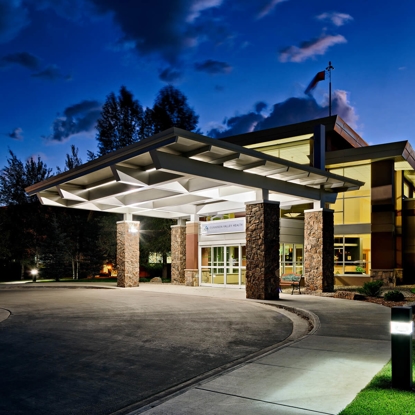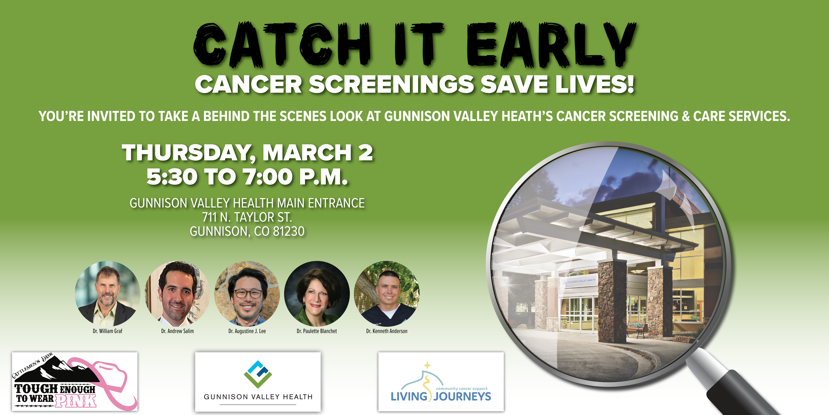Differences between the MRI and MRA
MRIs and MRAs are similar tests. Both tests use powerful radio waves and magnets to produce detailed pictures of the body's internal structures that are clearer, more detailed and more likely in some instances to identify and accurately characterize disease than other imaging methods. The primary difference is the application of the technology – MRIs tend to include a bigger area for the doctor to examine where the MRA examples a single vessel or vein.
Magnetic Resonance Imaging (MRI)
The MRI helps the physician examine areas of your body such as the chest, abdomen, liver, heart, internal organs and pelvis. MRI is noninvasive and they don’t use a contrast material in every MRI.
The MRI is the most commonly used imaging test of the spinal cord and brain. Doctors often use it to help them diagnose:
- Disorders of the inner ear and eye
- Multiple sclerosis
- Stroke
- Spinal cord injuries
- Tumors
- Brain injury from trauma
Magnetic Resonance Angiography (MRA)
An MRA is specifically used for examining blood vessels. Without making any incisions, the physician can examine your body’s blood pathways between your kidneys, brain and legs. This exam does not use radiation and may require an injection of contrast material to highlight your vessels and potential blockages.
Physicians use MRA to:
- Identify abnormalities in the aorta, the main artery that carries blood away from your heart to the rest of your body.
- Detect plaque disease and injury in arteries of the neck, legs, chest, abdomen, pelvis or limbs following trauma.
- Show the extent and severity of coronary artery disease.
- Examine pulmonary arteries in the lungs to detect blood clots.
How to prepare for MRI or MRA?
Tell your doctor about any health problems, recent surgeries, allergies and whether you are pregnant. The magnetic field is not harmful, but it may cause some medical devices to malfunction. Most orthopedic implants pose no risk, but you should always tell the technologist if you have any devices or metal in your body. Unless your doctor tells you otherwise, take your regular medications as usual. Leave jewelry at home and wear loose, comfortable clothing. You may be asked to wear a gown.
Leading edge technology backed by compassion and commitment.
At Gunnison Valley Health, we provide advanced imaging services right here in the Gunnison Valley. Our on-site radiologists and certified technologists offer expertise, experience, and diagnostic excellence to the residents and guests of our area.
For more information, speak to your physician or contact Gunnison Valley Health's Diagnostic Imaging Department at (970) 641-7253.
-

-
Excellent Radiology Technician Radiology
“The Radiology Technician was excellent in helping me to move slowly and carefully in order to avoid pain. She was very gentle ...
-Submitted by Anonymous -
Pleasant Mammography Experience Mammography
"Lovely, welcoming people at the front desk. Everything was ready to go when I arrived. Most pleasant place I’ve ever had ...
-Submitted by Anonymous -
Added to my Comfort Radiology
Staff person conducting the MRI provided a warm blanket to add to my comfort during the procedure. He did an excellent job of ...
-Submitted by Anonymous -
Can't Say Anything Negative Radiology
Staff was truly professional and knowledgeable during my imaging procedure. Can't say anything negative!
-Submitted by Anonymous -
So Grateful Radiology
The service from every person involved was incredible. I am so grateful for each person on the team.
-Submitted by Anonymous -
Highly Trained Staff Radiology
Staff was highly trained providing excellent care.
-Submitted by Anonymous












